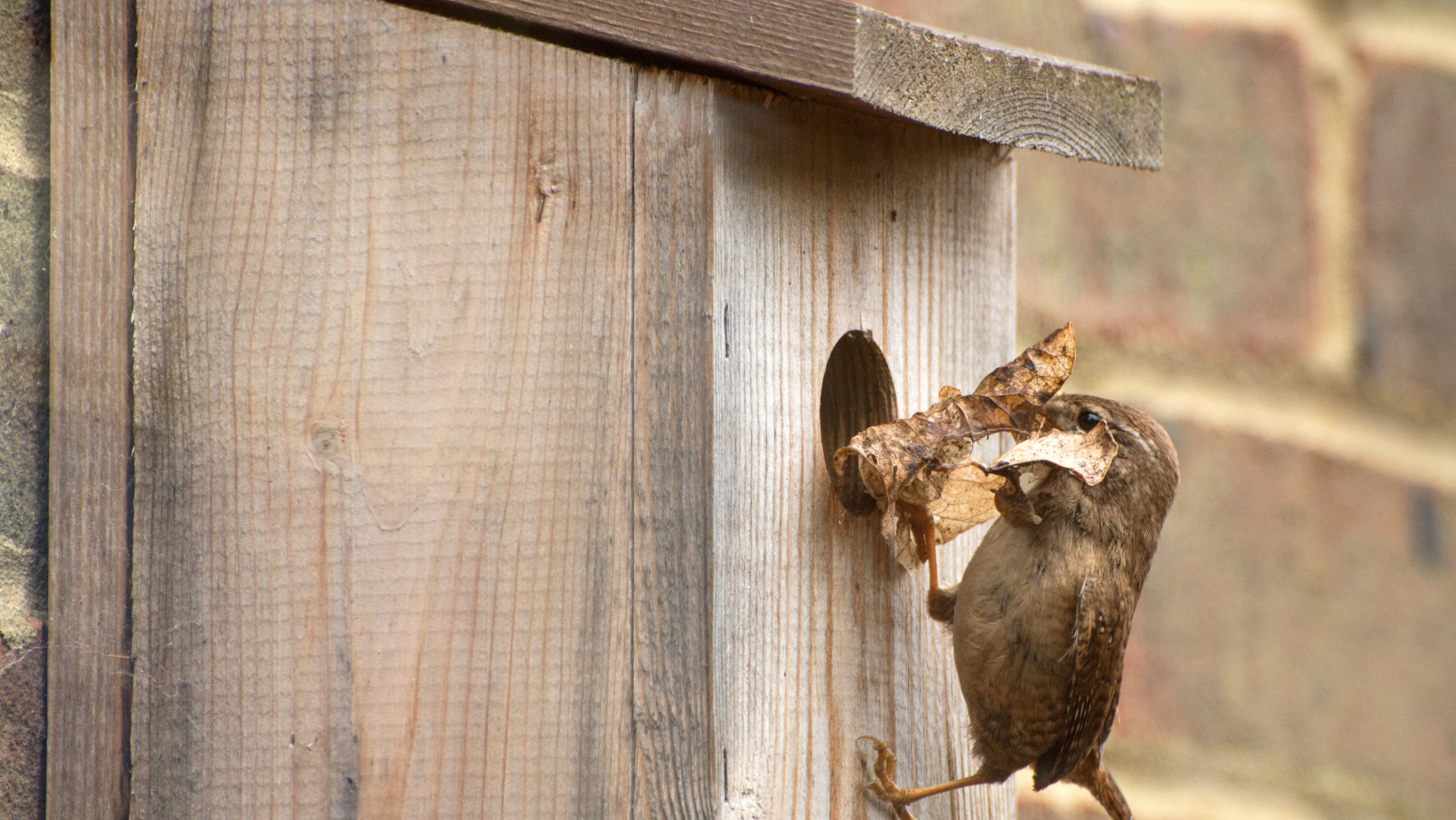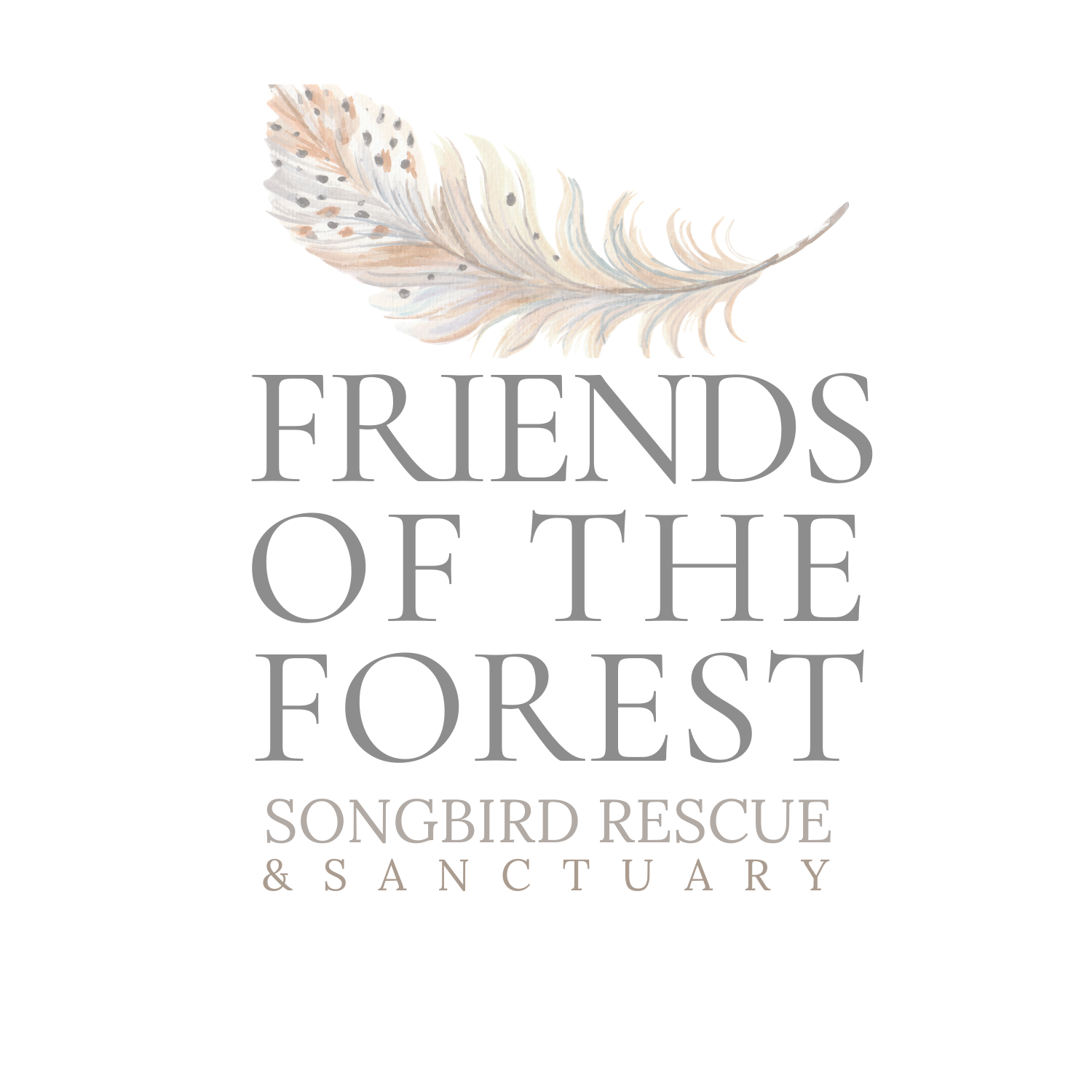
With natural nesting sites in decline, putting a nestbox in your garden can make all the difference to your local birds.
Setting up a nesting box in your yard can provide an essential home for many types of birds to raise their young. While many species hide their nests in natural foliage, brush, and trees, others require cavities for nesting. Setting up a nest box provides a safe place for birds to build a nest when they might otherwise have trouble finding suitable spots in their habitats.
An increase in urban development and mass removal of damaged and dead trees has left many cavity-nesting birds with fewer natural places to raise their chicks. In addition, invasive birds, such as the European starling and the house sparrow, compete with native ones to use the remaining nest sites.
Adding a suitable birdhouse to your habitat will benefit native bird species and allow you to watch and enjoy them. If you have successful nests, check out Cornell Lab of Ornithology’s Nest Watch program to report on the action. Nest Watch also has birdhouse plans, tips, and more.
Building or Selecting a Nest Box
There are numerous types of bird nesting boxes available commercially. Each box contains different features and is targeted at a particular bird species. But not all nesting boxes are created equal. There are several features to consider when purchasing or building a nesting box.
Check that the box is well constructed and contains these basic features:
Constructed of natural untreated wood (pine, cedar, or fir)
Lumber for walls that is at least ¾ of an inch thick to provide insulation
An entrance hole of the appropriate size to allow desired birds to enter but keep larger birds out
An entrance that is the correct distance from the floor to accommodate the nest
An extended and sloped roof to keep the rain out
A recessed floor and drainage holes to keep the interior dry
Rough or grooved interior walls to help fledglings exit
Ventilation holes to allow the interior to remain cool
A side or top panel that opens to allow easy access for monitoring and cleaning
No outside perches, which aid predators and other harassing birds
It is also important to make sure that your box incorporates features preferred by the particular bird species you hope to attract. These features include the entrance hole size, the height at which the box is posted, and the type of habitat surrounding the box. When purchasing a nesting box, research the physical requirements of the species that you hope to attract and make sure that you are investing in a functional, rather than ornamental, birdhouse.
For greater success, be sure to use a predator guard and place your box carefully to deter potential predators, like snakes, cats, raccoons, and other critters.
(photo courtesy of NC State Extension)
-
Where to Place Your Nesting Box
Make sure that you place birdhouses in a location where the target bird species is likely to reside. Before placing your box, research habitat, nest height, and direction preferences for the species.
Avoid putting nesting boxes in areas where herbicides and pesticides are used. Not only do these chemicals decrease insect populations–the primary food source for most cavity-nesting birds–but they can also harm birds directly.
The box can be mounted on a tree or a pole. Placing the box on a pole with a predator baffle to protect the birds is often more successful. Make sure that the box is attached securely enough to withstand severe weather and winds.
Take into consideration the direction your box is facing and how much direct sun it receives. Many birds will reject boxes that face due west, for example, because the box may stay too hot.
-
When To Set Up Your Nesting Box
Make sure your nesting box is in place well before the arrival of breeding season.
In our region boxes should be in place no later than mid-February.
This will give birds a better chance of finding and using your box, and it may even be used for winter cover if put outside earlier. Don’t be discouraged if birds don’t find the box in the first season; sometimes it can take a few years for the birds to find the box.
-
Monitoring and Cleaning Your Nesting Box
Once breeding season begins, monitor your box for activity. You can enjoy watching adults quickly dart in and out as they build their nests or feed hungry nestlings. If your box is first discovered and used by invasive bird species consider removing the nest. Doing this regularly will likely encourage the bird to move to another location and free the box for use by native species.
Keep track of the progress of the nestlings. This way once they have fledged and the box is no longer in use it can be cleaned. Some birds will not use cavities with abandoned nests in them, and removing the debris cuts down on ectoparasites for the next set of nestlings. If you remove the nest in a timely fashion you could enjoy two to three broods per season!



